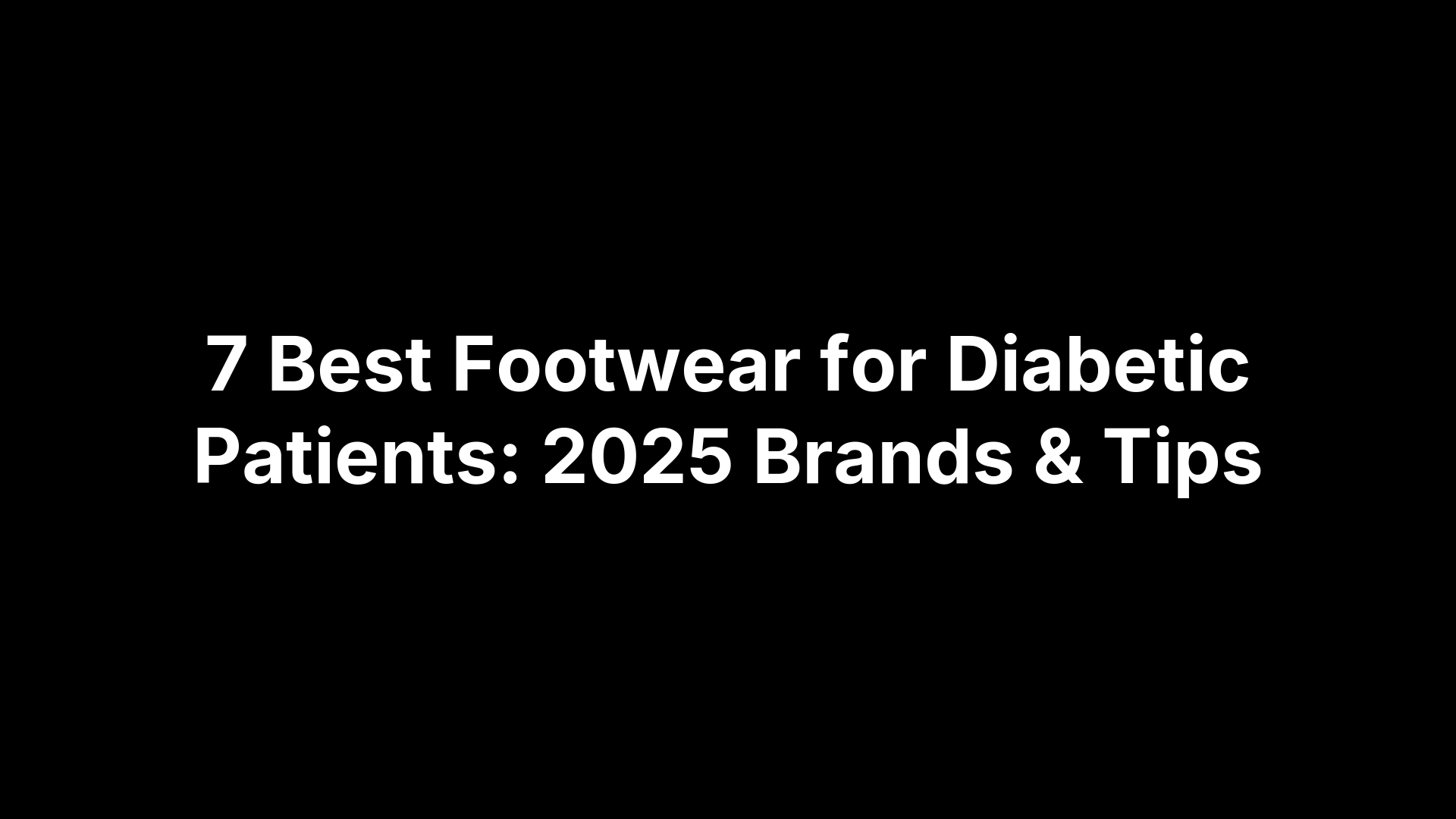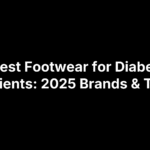Gait analysis is a structured look at how you walk or run—often on a treadmill—captured by video and, in some settings, 3D motion sensors. A clinician or trained fitter reviews your foot strike, pronation, stride, and hip/knee alignment to flag mechanics linked to pain, inefficiency, or injury risk. The outcome is actionable guidance: the right category of running shoes, possible orthotics, technique cues, and exercises that help you move comfortably and confidently.
This guide breaks down what you pay and why: average prices for free store or online checks versus paid 2D and 3D clinical assessments, what’s included, and the factors that drive cost—technology, time, and expertise. You’ll also learn how insurance and HSA/FSA apply, when a quick screen is enough vs. when to see a clinician, where to go in Central Virginia, and how to prepare. Let’s get you the value you need at a price that makes sense.
What you pay for in a gait analysis
You’re paying for a structured capture of your movement and an expert’s eyes to translate it into clear next steps. The fee reflects the tools used, the time spent recording and reviewing your stride, and the quality of the recommendations you leave with.
- Equipment and capture: Treadmill with high‑speed 2D video, or advanced 3D motion sensors/markerless systems.
- Expert interpretation: A podiatrist/PT or trained fitter evaluates pronation, foot strike, and hip/knee alignment.
- On‑treadmill shoe trials: Test neutral vs. stability models; some stores add a 3D foot scan for sizing/shape insights.
- Actionable outputs: Frame‑by‑frame review plus tailored guidance—shoe category, orthotics discussion, exercises, and form cues. Some clinics include a written report.
- Time and follow‑up: In‑store screens commonly take about 30 minutes; clinical visits may add evaluation time and insurance‑ready documentation when medically necessary.
Average gait analysis cost by setting
Average gait analysis cost varies by setting and technology. Specialty shops often provide complimentary checks tied to shoe fitting, while clinics charge for deeper, documented evaluations. Based on publicly posted prices, here’s what to expect; actual fees depend on market, clinician expertise, and whether you bundle services.
- Specialty running stores: Free, often with shoe purchase; some charge a small fee without purchase.
- Online retailer video review: Free.
- Clinical 2D video analysis: About $75–$150 (public postings show $80–$150).
- Clinical 3D motion capture: About $350–$450+ (examples at $399.99 and $450).
- Elite performance bundles: $1,000+ when paired with metabolic testing (e.g., $1,260).
- Industry range: Clinics list $75–$500 depending on time, tech, and deliverables.
These ranges capture the gait analysis cost most runners will encounter.
Free options: in-store and online assessments
If you’re price‑checking gait analysis cost, start free. Specialty running stores and some brand shops offer no‑cost treadmill checks tied to shoe fitting. You’ll jog briefly while staff record 20–30 seconds of 2D video and replay it frame by frame; select stores add a 3D foot scan for sizing and shape. Several online retailers also provide a free video review if you email a short treadmill clip. These screens are great for deciding neutral vs. stability and dialing fit, but they don’t diagnose injuries or replace clinical care.
- Specialty running stores: Often free (sometimes free with purchase; a small fee without).
- Brand stores: Some, like ASICS, offer free in‑store video gait analysis.
- Online retailers: Free remote reviews from a 15–20 second treadmill video.
Paid options: 2D vs 3D clinical gait analysis
Paid clinical gait analysis comes in two flavors: 2D video and 3D motion capture. Both record your stride and produce recommendations, but they differ in data depth, deliverables, and gait analysis cost. Here’s how they compare.
-
2D video analysis: High‑speed camera footage on a treadmill with frame‑by‑frame review of pronation and alignment, plus footwear guidance. Typical pricing: $80–$150 (e.g., $80 at Boston Running Center; $150 at The Running PTs).
-
3D motion capture: Marker‑based or markerless systems model joints in three dimensions for a fuller biomechanical picture. Typical pricing: $350–$450+ (e.g., $399.99 at a Fleet Feet 3D program; $450 at The Running PTs). Bundled performance labs with metabolic testing can be about $1,260.
What influences price: technology, time, and expertise
Three levers drive gait analysis cost: the tech capturing your movement, time spent assessing you, and the expertise behind the recommendations. Prices rise as you move from retail shoe‑fitting screens to clinician‑led motion labs, and when the visit includes deeper evaluation or bundled performance testing.
- Technology level: 2D video checks are cheapest; clinics list roughly $80–$150. 3D motion capture systems run about $350–$450+ (e.g., $399.99–$450), while elite lab bundles with metabolic testing can reach about $1,260.
- Time on task: In‑store screens often take about 30 minutes. Clinical sessions typically allocate more time for intake, capture, and review, which increases price.
- Expertise and setting: Retail fitters focus on shoe choice; podiatrists/PTs assess injury risks and medical factors. Some clinics note pricing depends on insurance, and specialized expertise commonly commands higher rates.
- Deliverables and add‑ons: Exercise programming, orthotic discussions, or performance testing add scope—and cost.
- Market and purchase offsets: Many stores are free with footwear purchase (sometimes a small fee without). Across clinics, posted ranges span about $75–$500 depending on time, tech, and value.
What’s typically included (and what’s extra)
Most gait analyses include a brief treadmill run, video capture, and an expert review that ties your pronation and alignment to shoe guidance. In-store screens add a frame‑by‑frame replay and on‑treadmill try‑ons; some locations offer a 3D foot scan. Clinical 2D/3D sessions include intake and clinician interpretation.
- Included at stores: 20–30‑sec 2D video, frame‑by‑frame playback, shoe category recommendations, treadmill try‑ons.
- Included at clinics: 2D or 3D capture, brief intake, and clinician‑led footwear guidance.
- Often extra/separate: shoe purchase; fee if no purchase at some stores; custom orthotics; PT follow‑ups; metabolic testing (packages up to about $1,260).
Insurance, HSA/FSA, and medical necessity
Insurance depends on medical necessity and setting. Retail or online shoe‑fitting screens aren’t insurance benefits. In a medical clinic (podiatry/PT), a gait analysis done as part of an evaluation for pain or injury may be billed to your plan; many clinics list pricing as “dependent on insurance,” with self‑pay 2D around $150 and 3D around $350–$450. Store and online assessments are self‑pay regardless of gait analysis cost.
- Covered: Clinician exam tied to symptoms and a treatment plan; deductibles and copays apply.
- Not covered: Free in‑store checks and performance lab packages.
- HSA/FSA: Often usable for medically necessary clinic visits and prescribed devices; save itemized receipts and confirm benefits or pre‑auth with your insurer.
When a free assessment is enough vs when to see a clinician
Start with a free in‑store or online assessment when you’re simply choosing shoes. These screens clarify neutral vs. stability and fit. Step up to a clinician when symptoms, performance limits, or insurance/orthotics questions enter the picture.
-
You’re pain‑free and choosing shoes: picking or replacing pairs.
-
Quick pronation and fit check: neutral vs. stability, sizing/3D scan.
-
Minor niggles resolve quickly: rest and a shoe change fix it.
-
Persistent symptoms: ongoing pain or recurrent injuries despite shoe changes.
-
Orthotics or rehab needed: you want exercises or a formal report.
-
Medical complexity: post‑injury/surgery return or conditions needing documented care.
Where to get a gait analysis in Central Virginia
Comparing gait analysis cost locally? For shoe selection, specialty running shops around Richmond often offer quick treadmill video checks at no cost. If you have pain, recurring injuries, or orthotic questions, book a clinical evaluation. Achilles Foot and Ankle Center serves Central Virginia with multiple locations (Richmond, Mechanicsville, Midlothian, Glen Allen and more) and same‑day appointments; their podiatry team can assess gait‑related mechanics as part of comprehensive foot and ankle care and advise on footwear, bracing, and custom orthotics, and they accept all major insurance plans. Call ahead to confirm services, availability, and pricing.
How to prepare and what to expect
A little prep prevents surprises and helps you get cleaner data. Expect a brief conversation about your running history, goals, and any injuries, then a short treadmill run while your stride is recorded (often 20–30 seconds). In-store appointments typically run about 30 minutes; clinical sessions may take longer, especially with 3D capture. You’ll review the footage frame by frame and leave with clear guidance on footwear and form.
- What to wear/bring: Your usual running kit and socks, current shoes (to show wear patterns), and any orthotics you use.
- Day-of tips: Arrive a few minutes early to warm up, run at a comfortable pace, and lace up as you normally would; confirm gait analysis cost and coverage if it’s a clinical visit.
- Deliverables: Immediate shoe category recommendations; some locations add a 3D foot scan; clinics may provide a brief summary/report with next steps.
How often to repeat gait analysis
Plan to reassess your gait yearly. That cadence catches changes in fitness, strength, and form, and keeps your footwear guidance current. Recheck sooner if you develop new pain, return from injury, change your weekly mileage or terrain, or switch to a very different shoe model. Because most shoes last roughly 300–500 miles, use each replacement as a prompt for a quick free in‑store screen; book a clinician‑led 2D/3D analysis if symptoms persist or you’re considering orthotics or rehab.
Key takeaways
Match the option to your goal. Free retail or online screens solve shoe choice; clinical 2D/3D adds depth, documentation, and treatment planning for pain or complex needs. Confirm time, deliverables, and price before you book.
- Free store/online: neutral vs. stability, fit.
- Clinical 2D: $80–$150; clinician guidance, basic report.
- Clinical 3D: $350–$450+; deeper data; bundles ~$1,260.
- Insurance/HSA: clinic visits tied to symptoms may be covered.
- Recheck: yearly; sooner with new pain or big changes.
In Central Virginia, schedule a clinician-led assessment with Achilles Foot and Ankle Center.






